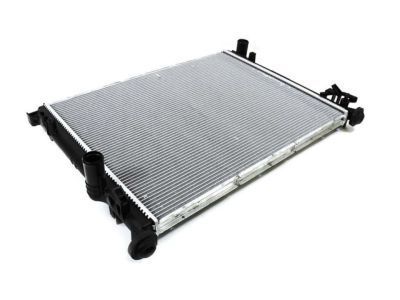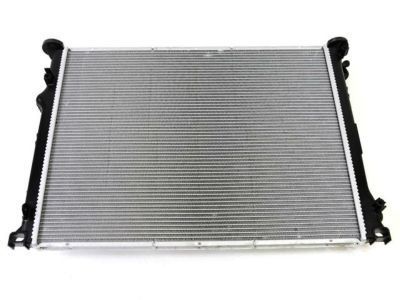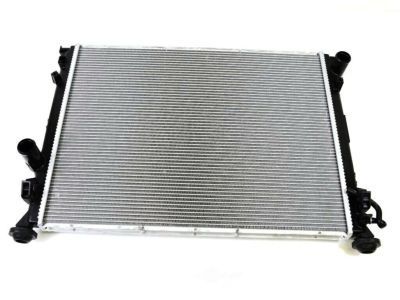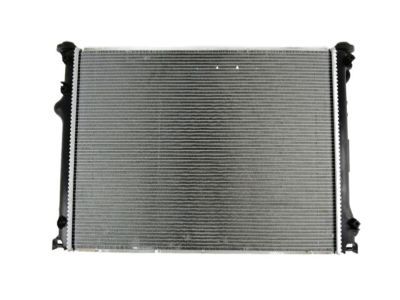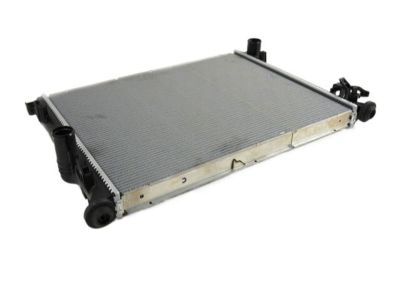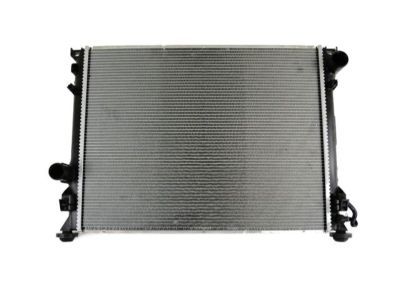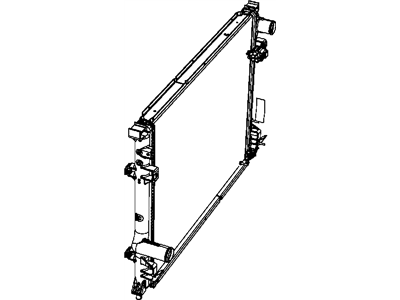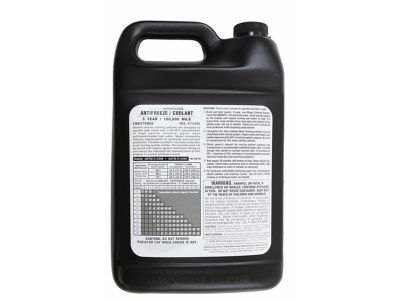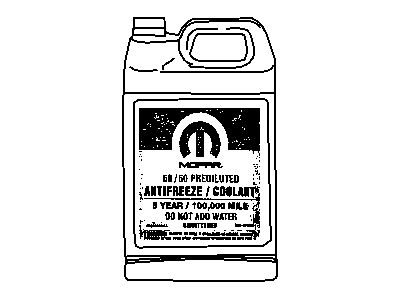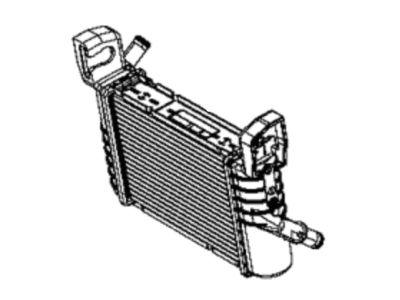
My Garage
My Account
Cart
Genuine Dodge Challenger Radiator
Cooling Radiator- Select Vehicle by Model
- Select Vehicle by VIN
Select Vehicle by Model
orMake
Model
Year
Select Vehicle by VIN
For the most accurate results, select vehicle by your VIN (Vehicle Identification Number).
8 Radiators found

Dodge Challenger Engine Cooling Radiator
Part Number: 68050126AB$402.60 MSRP: $610.00You Save: $207.40 (34%)
Dodge Challenger Engine Cooling Radiator
Part Number: 5170742AA$284.26 MSRP: $421.00You Save: $136.74 (33%)
Dodge Challenger Engine Cooling Radiator
Part Number: 68050131AA$435.60 MSRP: $660.00You Save: $224.40 (34%)
Dodge Challenger Engine Cooling Radiator
Part Number: 68050126AA$402.60 MSRP: $610.00You Save: $207.40 (34%)
Dodge Challenger Cooler-Auxiliary Low Temperature
Part Number: 68318329AA$130.50 MSRP: $194.00You Save: $63.50 (33%)
Dodge Challenger Radiator
This is a Chrysler part known as Dodge Challenger Radiator that tasks are to help dissipate heat within the engine. A radiator is a heat exchanger that's located between the engine coolant, into which heat is transferred from the engine and air blowing through the core that is made of fins and tubes arranged in the middle. Current designs of Dodge Challenger Radiators have an aluminum core embraced by plastic or aluminum tanks; however, copper/brass radiators are also produced. As clearly stated, the radiator usually locates at the front area of the automobile to benefit from the air supplied by the car-grille for the heat exchange. The performance radiators for the Dodge Challenger automobiles are generally a step above the ones that come with the factory systems and this is due to their aluminum body that is lightweight and designed to enhance the cooling system of the automobiles. They have more numbers of larger and more tubes than the factory radiators to optimize the heat exchange and superior finning to maintain a low operating temperature of the engine. They come as direct fit performance radiators for those who do not have to modify the radiator much and as universal that are used where modification of the radiator is required such as in street rods, custom cars and race cars. In summary, the Dodge Challenger Radiator plays a crucial role in enhancing the functionality as well as the durability of the car's engine.
Looking for affordable and high-quality auto parts? Then you have already arrived at the proper online shop. We offer all Dodge Challenger Radiator at great affordable prices. Moreover, all genuine Dodge Challenger Radiator come with a manufacturer's warranty. In the long run, you would realize you have saved a lot of trouble and money with OEM parts from here.
Dodge Challenger Radiator Parts Questions & Experts Answers
- Q: How Do You Remove the Radiator on Dodge Challenger?A:To remove the radiator, start by disconnecting the cable from the negative battery terminal, and on 2015 and later models with an Intelligent Battery Sensor (IBS), disconnect the IBS connector first. If applicable, remove the air filter housing and drain the cooling system, saving the coolant if it's in good condition. Next, remove the upper radiator hose and plastic panels between the radiator support and the top front of the front cover. For 2011 and later models, carefully remove the upper shroud cover. Proceed to remove the cooling fan assembly, raise the front of the vehicle, and remove the lower engine splash shield. Take out the lower radiator hose and, if needed, the front bumper cover and air deflector. Remove the lower mounting fasteners attaching the air conditioning condenser to the radiator and, for 2011 through 2014 models, the radiator core support-to-radiator lower mounting bolts. Remove the radiator upper mounting brackets and carefully separate the air conditioning condenser from the radiator. Tilt the radiator towards the engine and lift it from the engine compartment, taking care not to damage the airflow seals or spill coolant. Inspect the radiator for leaks and damage, clean it thoroughly, and check the radiator mounts for deterioration. Installation is the reverse of the removal procedure. Fill the cooling system with the proper mixture of antifreeze and water, start the engine, check for leaks, and verify the coolant level after reaching normal operating temperature.
